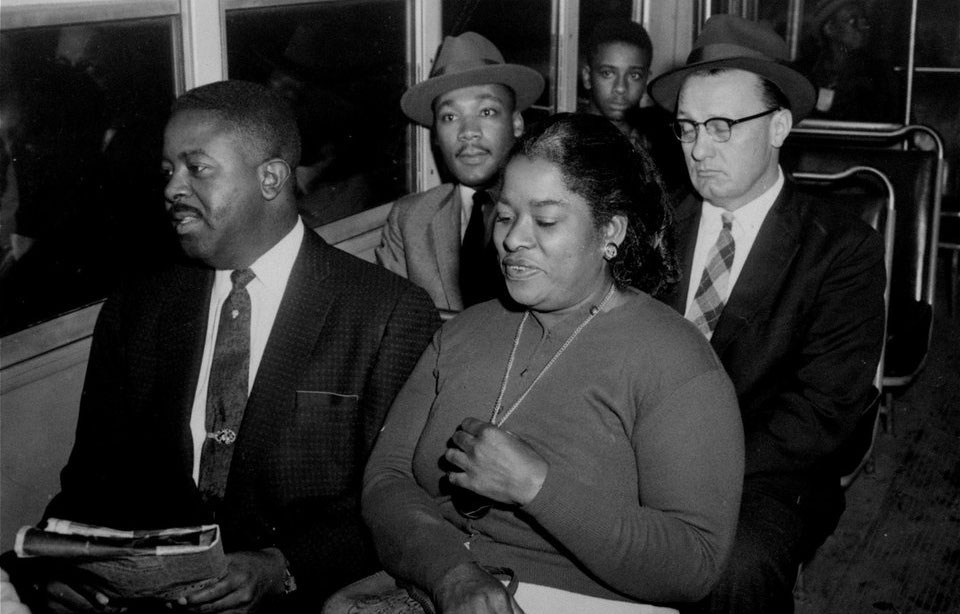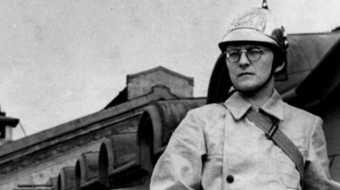
Racism in the United States has two fundamental aspects. One is systemic, the other ideological. The systemic aspect has numerous and pervasive forms, including unequal wages, working conditions, access to financing, education, housing, medical care, and environmental protection, where the capitalists impose harsher conditions on African Americans and other people of color than on white people.
A glaring example that is now in the spotlight is the criminal justice system, which is shot through with racist practices and where people of color face harsher treatment in policing, charging, conviction, sentencing, and incarceration. According to the New York Times (Dec. 18, 2016), a Florida study found that “African American defendants get more time behind bars—sometimes twice the prison time of whites with identical criminal histories—when they commit the same crimes under identical circumstances.”
The ideological feature of racism, on the other hand, is the way the capitalists rationalize racism in their system of exploitation. It is fundamentally the idea that people of color are inherently inferior and are themselves to blame for the harsher and inferior conditions of life they experience.
A notorious modern example was the 1965 Moynihan report which purported to prove that the difficult challenges faced by African Americans derive from alleged inherent deficiencies in “the Black family.” This was a racist invention of President Lyndon Johnson’s Assistant Secretary of Labor, Daniel Patrick Moynihan. The families of Black people are just as diverse and different from each other as are families of white people, but all Black families are victims of the harsher conditions imposed by systemic racism.
And then there is an off-shoot of racist ideology, the concept of ”white skin privilege,” now widely promoted in academic and other middle-class circles. According to this theory, white people, particularly white working people, gain a benefit or “privilege” when people of color are deprived of equal rights.
This is like saying that someone benefits or is “privileged” when their neighbor’s house is broken into and robbed. But when that happens everyone is threatened, since the thieves could strike anywhere next. The idea that those not directly victimized are “privileged” is only in the interest of the thieves since it diverts the effort to end the common threat, sows division and resentment, and prevents the community from uniting and going after the perpetrators.
It is important to understand that both the systemic and ideological aspects of racism emanate from the ruling class, not from the exploited working class, which is also victimized by them, even if some white workers at one time or another may be complicit in their implementation.
It is in the interest of the ruling class, a small and ever diminishing-in-size group in capitalist society, to pay lower wages to African Americans; to extract extra profits from higher rents, interest rates, and prices on necessities; as well as to increase the overall exploitation of the working class when it is divided. Thus, the combined impact of the two aspects of racism is to greatly increase capitalist profits.
Racism, in both its aspects, is not a result of personal prejudice or bigotry that may be present in the minds of white workers. With powerful propaganda tools at its disposal, the ruling class promotes these ideas among white people, but they only reflect the views and interests of those in power.
As Karl Marx once noted, “The ideas of the ruling class in every epoch are the ruling ideas” (The German Ideology, 1845).
For example, the Jim Crow laws, with their systematic segregation of races, especially in Southern states, were enacted after the Great Betrayal of the freed slaves 12 years after the end of the Civil War. This is known euphemistically in American history books as “the compromise of 1877.” Before that, from 1865 on, a period of unprecedented democracy, called “Radical Reconstruction,” existed, enforced by the presence of the victorious Union Army. Former slaves increasingly achieved equality and, through unity with poor whites, some were elected to seats in Congress. The “compromise” that ended this situation was a deal struck between the victorious Northern capitalists and the former slave-owners.
The slave owners had been the dominant class in the country from its inception. They were infuriated by the emancipation of their “property,” the loss of their privileges and fought to regain control. They were represented by Democratic Party candidate Samuel Tilden, who won the presidential election of 1876. The rising capitalist class, represented by the Republicans, could not accept this electoral defeat and agreed to a “compromise” in which federal troops were withdrawn from the South in exchange for members of the Electoral College switching sides and giving the White House to Republican candidate Rutherford B. Hayes.
Then, for almost a century, until the emergence of the Civil Rights movement in the late 1950s, Southern Blacks were stripped of all rights and subjected to a fascist-like reign of terror.
During this period white workers in the South were told to shut up, be grateful they were not Black, and were intimidated from doing anything about the theft of their neighbors’ rights. This was the snake oil sold to white workers in the South throughout the period of Jim Crow.
Meanwhile, the capitalists were able to fleece the white workers as well. The true measure of “white skin privilege” was that white workers were subjected to much lower wages and conditions of life in all areas compared with those prevalent among whites in the North. Furthermore, while Blacks were murdered much more often, a landmark study of lynching by the Tuskegee Institute documented 1,300 cases of poor white victims between 1882 to 1968.
Life for Black people in the North was far from easy, but the laws and culture did not enforce such blatant racial separation as existed in the South and, especially because of courageous and persistent efforts of the Communist Party and its allies, white and Black workers were eventually able to form labor unions and other organizations, raise living standards and otherwise lessen exploitation by the capitalists.
In summary, racism is an extremely powerful tool of the capitalist ruling class to divide its working-class victims. It is also the model and template for every other form of division—male supremacy, xenophobia, homophobia, Islamophobia, anti-Semitism, and any other way the capitalists can find to pit one group of workers against another.
The main lesson for the U.S. working class is that racism and the other weapons of division form the ideological and systemic mortar that stabilizes the decrepit capitalist edifice and perpetuates its power to exploit and oppress. Moral persuasion, by itself, cannot overcome the problem. Only the united struggle of the working class in all its rich diversity, together with its democratic allies can defend living standards, advance the fight for full democratic rights of oppressed people and overcome the danger of fascism and war. With the leadership of a revolutionary working-class party, this united fight can ultimately achieve socialism and lay the basis for real equality and human solidarity.










